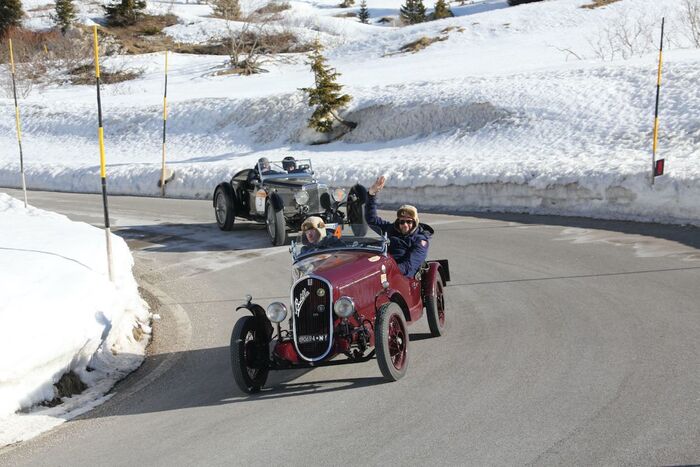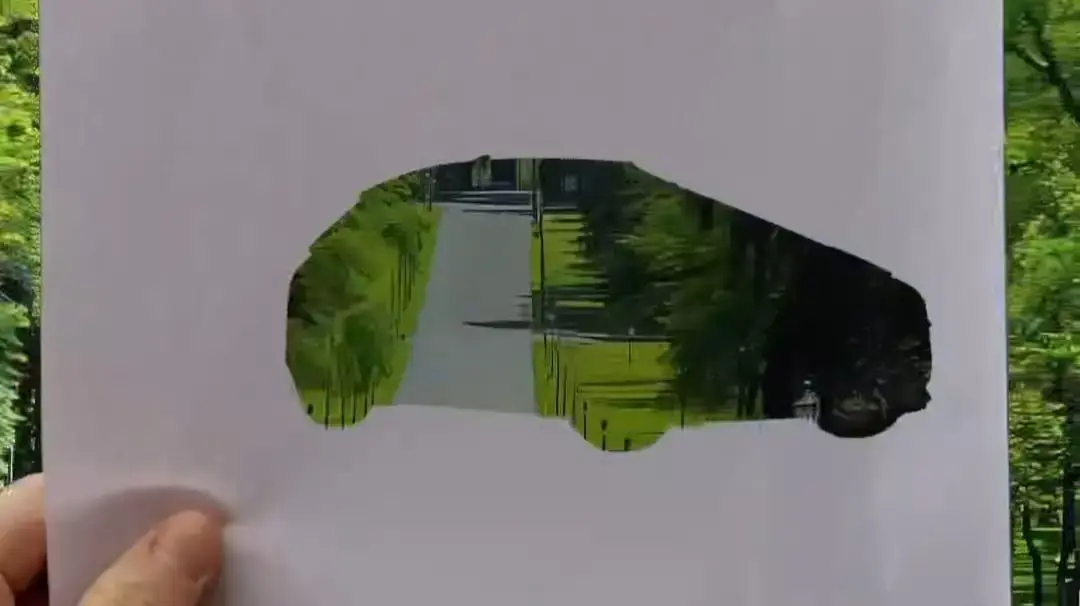Enlarge image
A smooth front hood, a narrow air inlet in the windshield and majestic gullwing doors - the Porsche Tapiro looks like an eccentric super sports car.
Photo: Italdesign
Using the Porsche 914, you can study how brands and products interact - especially when it comes to cars.
The mid-engine sports car presented in 1969 was built by VW as the 914/4 until 1975 and sold a total of 115,625 times.
Porsche, on the other hand, could only manage 3353 copies of the practically identical
914/6 - and discontinued production of the model back in 1972.
"Nature from the Beetle, the figure from Porsche," rhymed the press at the time to highlight a contradiction that materialized in this car. But that rhyme didn't get to the heart of the problem at all. Because on closer inspection, the figure of the car was stiff and not very dynamic. That is one of the reasons why it was never properly recognized as a Porsche. At least that is how some experts saw it. For example, the car designer Giorgetto Giugiaro, whose company Italdesign proposed an alternative body a year after the debut of the Porsche 914/6.
Italdesign presented the Porsche Tapiro (Italian for tapir) at the Turin Motor Show in November 1971. The wedge-shaped, no-frills car was technically based on the Porsche 914/6. With the wheelbase unchanged, however, the Italian designers had lengthened the body by 7.5 centimeters, the width by ten centimeters, and at the same time reduced the height of the car by eleven centimeters. This resulted in a far more powerful car body, which, however, was lighter and more lively than the original due to the generous glazing.
It wasn't just an optical illusion.
Because while Giugiaro and his team were getting the Tapiro into shape, the two-liter, six-cylinder boxer engine of the Porsche 914/6 was being supplied by tuner Ennio Bonomelli.
The drilled the displacement to 2.4 liters and increased the power from 110 to 220 hp.
That made the Porsche Tapiro up to 150 mph.
Very noticeable and also suitable for everyday use
In general, the two-seater was designed for everyday use. There was an air inlet in the windshield so that it didn't get too hot under the expansive glass surfaces. The two light brown leather seats not only looked good, they were comfortable, and the equipment was functional and complete. The four wing doors were a noticeable feature of the Porsche Tapiro. The front two were used to get in and out of the car. The two rear ones gave access to the engine and the luggage compartment. However, it didn't offer much space, the spare wheel almost completely filled it.
There was no series production.
Porsche had enough to do with marketing the 914/6.
Due to disputes with VW, the sports car, which was intended as an inexpensive entry-level model, had to be offered significantly more expensive than estimated: a Porsche 914/6 cost 19,000 marks to go on sale in autumn 1969, a Porsche 911 T was available for 19,970 marks at that time.
Unique Porsche in flames
Nevertheless, the Porsche Tapiro was profitable for Italdesign. Some design ideas were followed up on later projects - Maserati Boomerang, DeLorean DMC-12, De Tomaso Mangusta. And the tapiro itself attracted attention at car shows. Also in 1973 at the Barcelona Motor Show. After that, the car was even sold. Some sources say to a Spanish industrialist, others name the Argentine composer Waldo de los Rios, who lived in Spain, as the buyer.
The new owner is said to have moved the unique sports car almost every day.
Until the day in 1980 that the car burned out.
There are two versions of the cause of the fire: one is an accident, the other is an attack.
The latter explanation is supported by the fact that photos of the charred car do not show any deformation of the body.
In any case, Italdesign bought back the burned-out wreck and temporarily exhibited it in the company museum.
It has not yet been restored.








